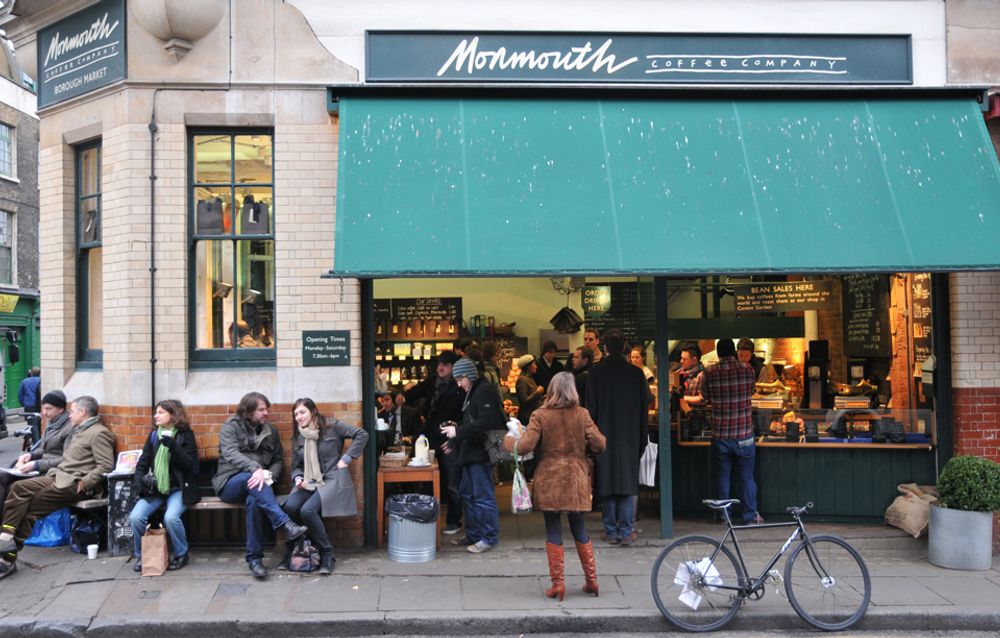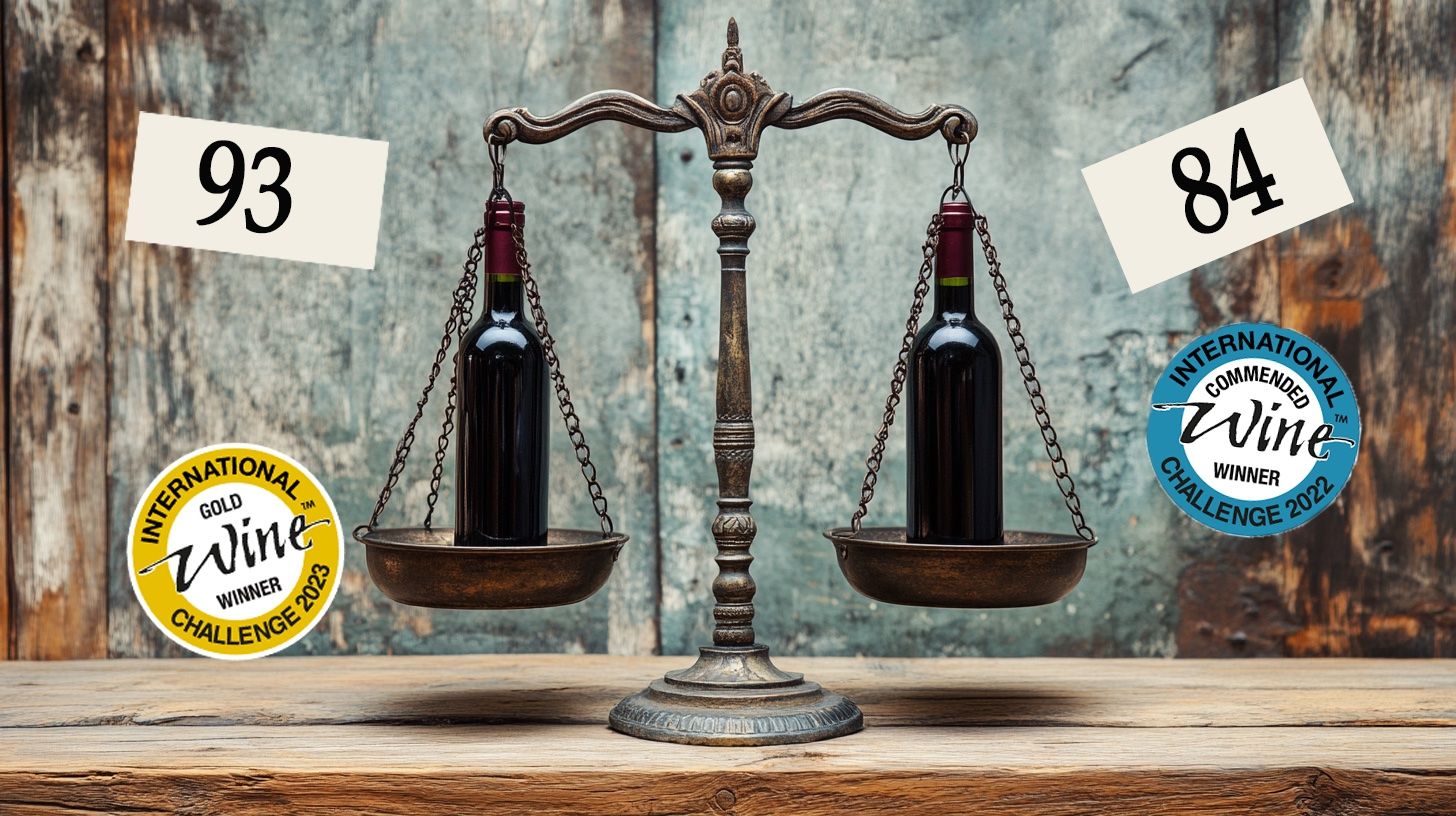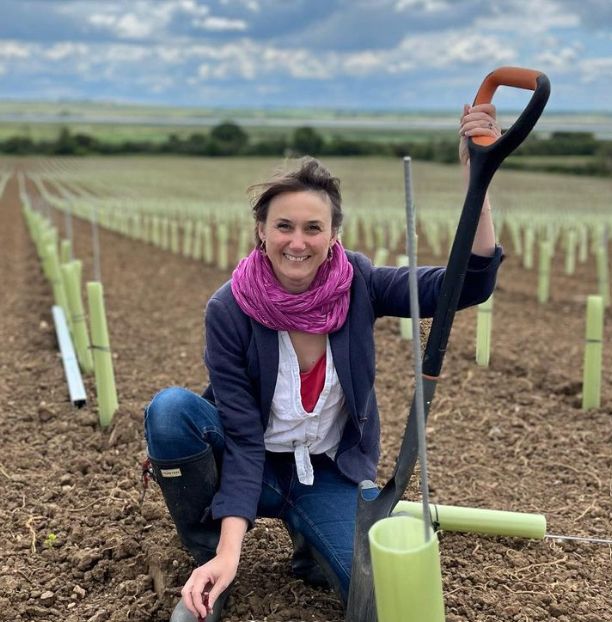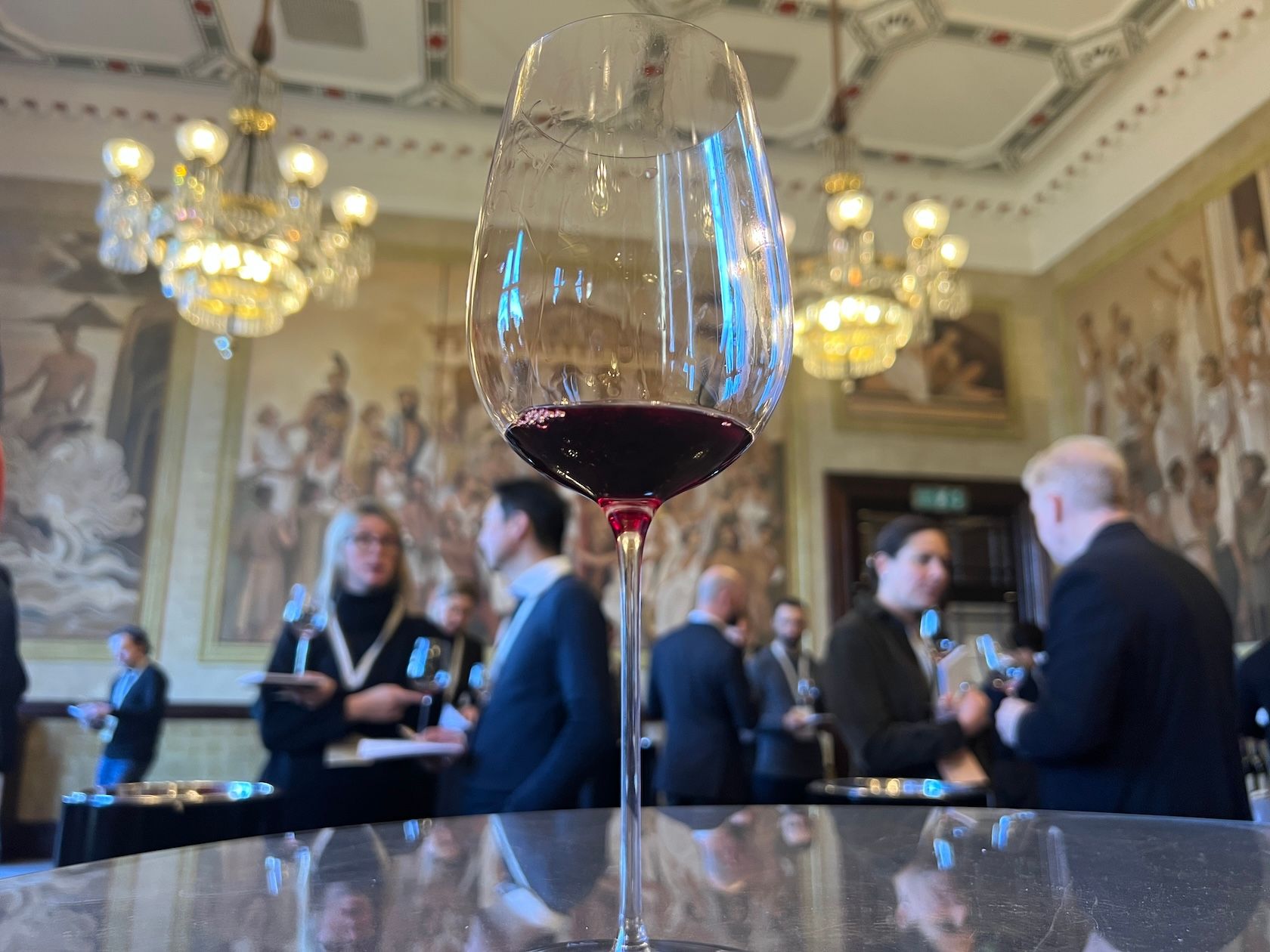Our wine aisles and back bars are full of successful wine brands. But instead of being household names with big advertising budgets they’re well crafted, carefully targeted wines made from grape varieties we know. On-trade buyer, Charlie Ingham, celebrates the lesser known brands on all our wine lists and retailer shelves.
I’ve had this thought since I started buying wines for supermarkets: I don’t believe that there are any brands in wine. Well not brands in the sense that there are in spirits and beer. The thing is, a brand to me is something that I want to identify with, something that I feel connected too and that says something about me (even if it is a bit of B.S).

Monmouth coffee: why Ingham wants to be part of its tribe
I personally like things that have authenticity, credibility and a sense of history. Not just in wine but in all things really. I like the story and that’s what I buy into. Coffee is a good example. I really like Monmouth in London. The experience when you go really expresses how much they love and care for their product. It’s amazing coffee and you can’t help but care too. They explain where the coffee comes from, where it’s grown, who makes it etc. The packaging for the coffee beans is both bold and understated, the design of the retail space is equally as impressive, and I’m sold on the stuff. I feel when I buy a coffee from here (or a bag of beans for home) that these are my people and this is my place. I want to belong to that tribe.
So, what about wine? Well I’ve had this conversation and debate before, with lot’s of winemakers and wineries, and maybe I’m wrong, but I still believe that there really are not any brands. There’s labels, there’s wineries, there’s amazing wine (and not so amazing wine), but really, brands? Like brands that say something about me?

Shiraz, like Malbec, Marlborough Sauvignon or Pinot Grigio are the real wine brands
What I do believe is that if there are brands in wine they’re more likely to be the grape varietals and the regions where they are made. Barossa Shiraz feels like it’s a brand, Napa Valley Cabernet feels like it’s a brand, the same for Marlborough Sauvignon, Chablis, Sancerre etc. There is obviously an exception to the rule: Champagne. Moët is a brand, but that’s what 350 years of marketing overpriced wine will do for you. All that cash pumped into marketing over generations? I guess that helps.
Where’s the loyalty?
The thing with brands is they enjoy loyalty. It isn’t always about price. Customer behaviour has taught me this. For example, think about a New Zealand Sauvignon Blanc. Take the most well known named wine you can think of, I can tell you at full shelf price it sells about 200 cases a week in a supermarket. Knock £2 a bottle off and it sells 10,000 cases. Then the next New Zealand Sauvignon Blanc goes onto promotion and the same thing happens. Where’s the loyalty in that? It’s in the wine, the region and the price point. It’s all so transferable.
If you look at the Top 10 UK wine brands for 2015, they are all represented by big companies playing on their authenticity. But how many Hardy’s products are there out there? To top it all off, they only send the generic ‘Wine of South East Australia’ to the UK. The regional wines stay regional.
I don’t want to be disingenuous towards wineries and winemakers. I love these guys, I love what they do and I really enjoy trying wines from around the world. Finding a new wine or trying the new vintage from a winery I really respect is such a privilege, but thinking you’re a Budweiser or a Smirnoff is just doing yourselves down. It can all be so much more authentic than that.
Wine consumers should be able to wander down the supermarket aisle or across their internet browser or pop into their local independent and discover well made authentic wines made with care, and they can once you start to look past the white noise of ‘wine branding’.
Just look at this TV advert to promote the Barossa in Australia. I can buy into this.
Compare this with arguably one of the worst wine TV adverts ever made? Yellow Tail’s Super Bowl 2017, putting Australian wine back 20 years in 30 seconds. I cannot buy into this.
The good thing about there not being any brands is that wine buyers are able to create products, working with winemakers and wineries to bring great value wines to customers and consumers, with no baggage, no pretence, no bullshit. Brilliant drinking accessible wines with cool looking labels from regions and countries you’ve heard of and grape varietals you know. Supermarkets should get more credit for doing this (but of course I would say that).
Fell free to tell me I’m wrong. I can take it. I’m not though ?.
- Charlie Ingham is an on-trade wine buyer for a national group and former wine buyer at Morrisons and Coles Supermarkets in Australia.









































